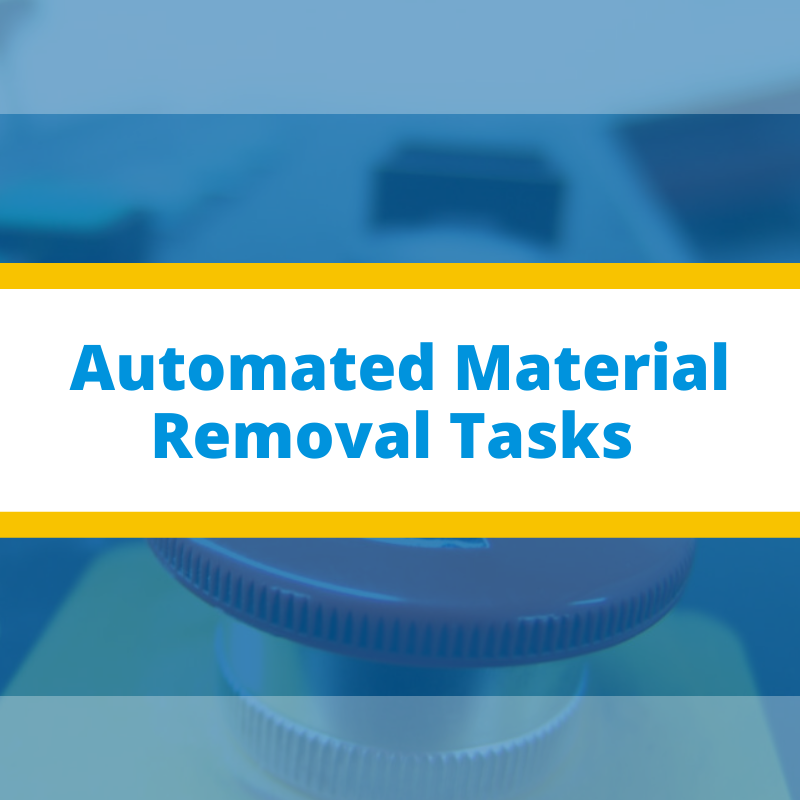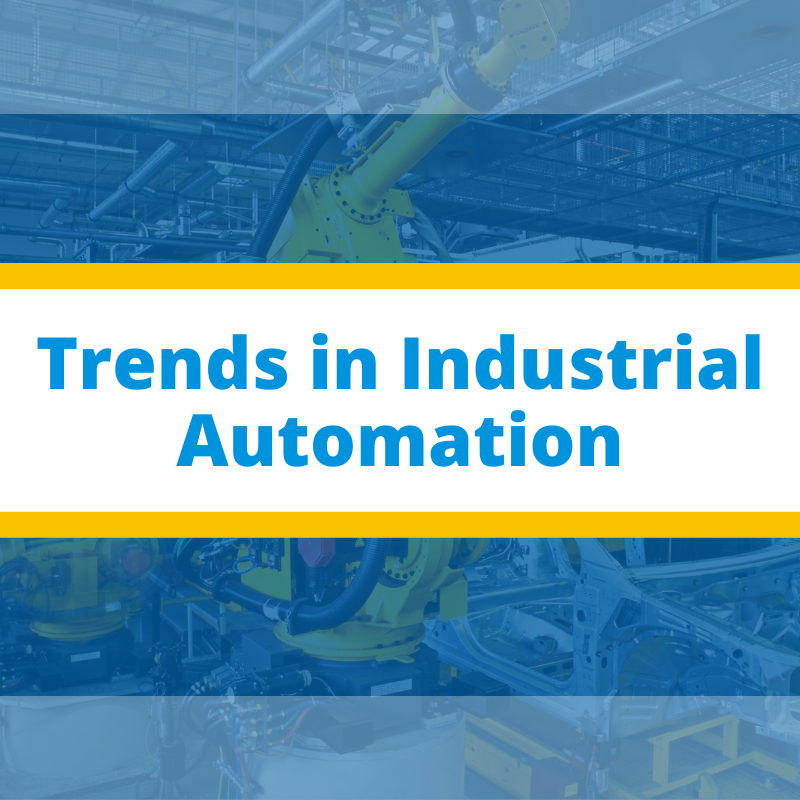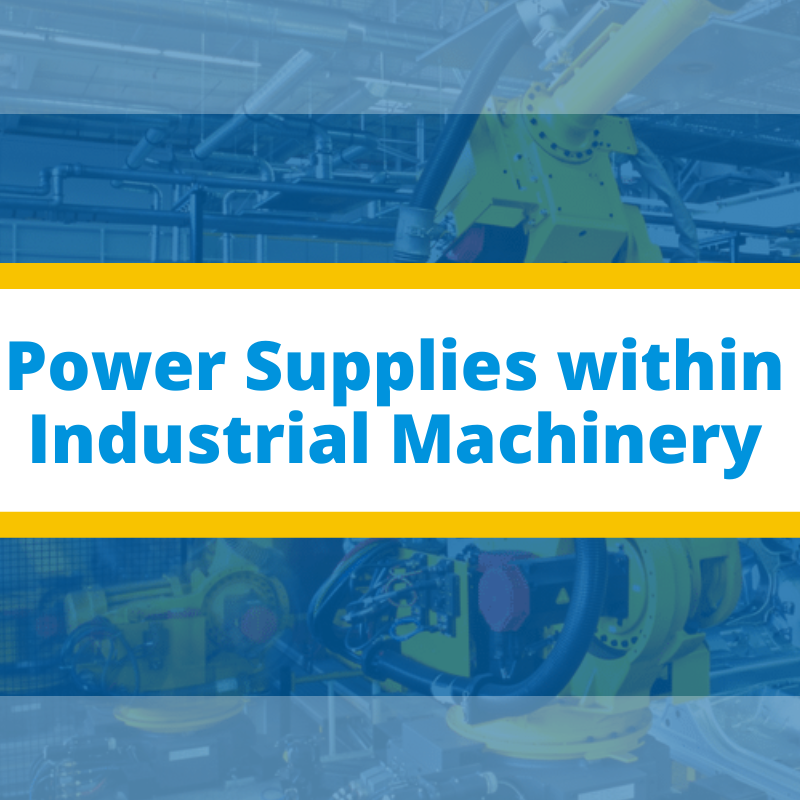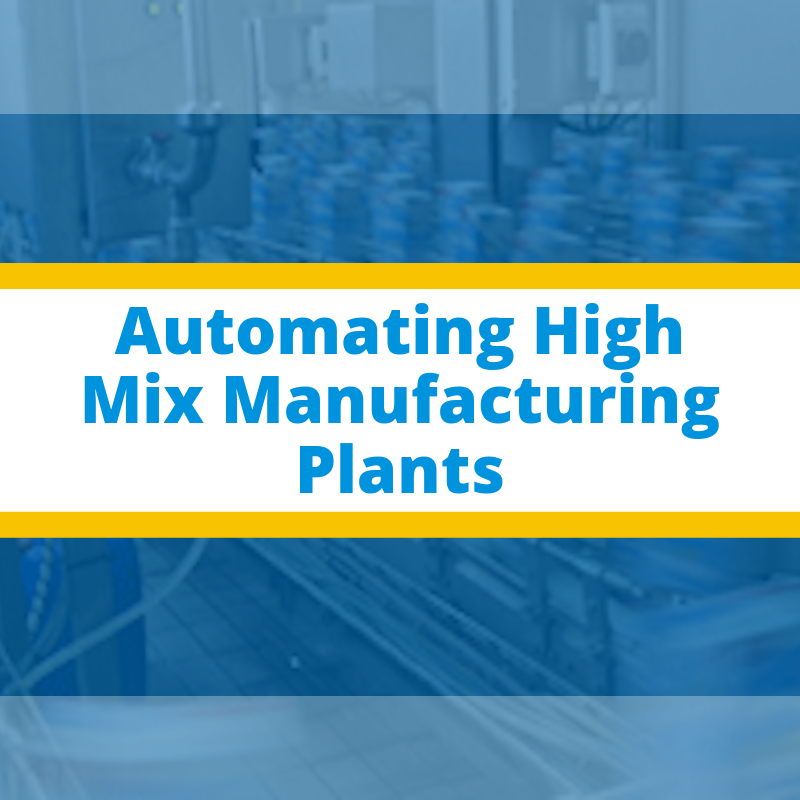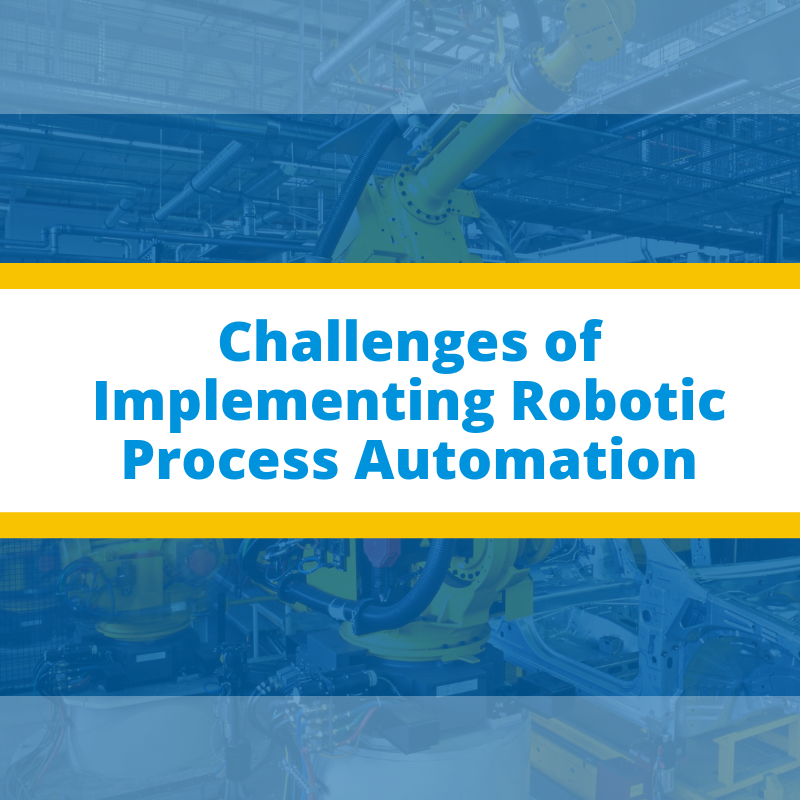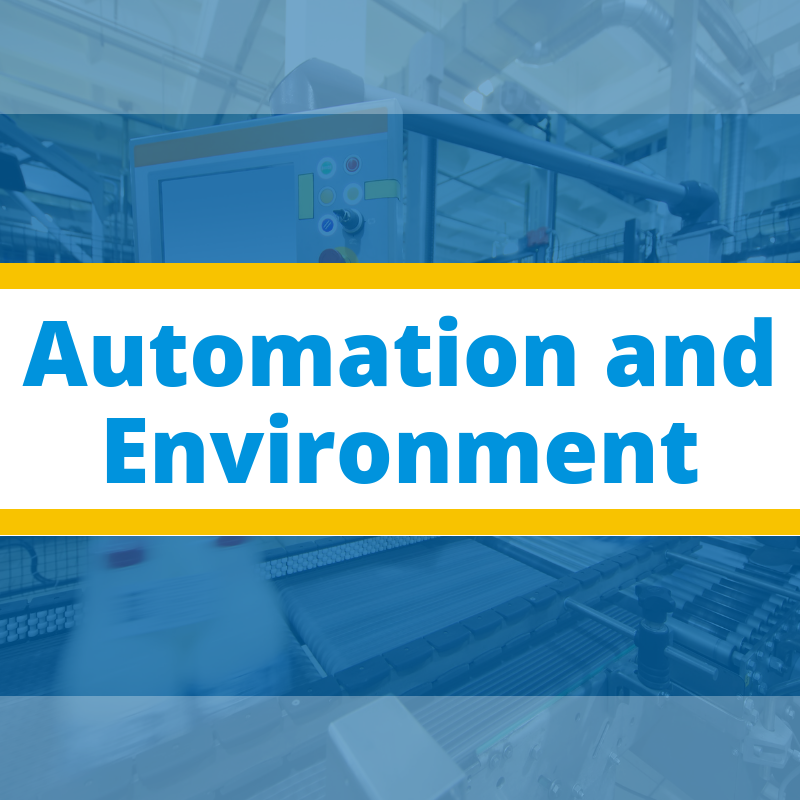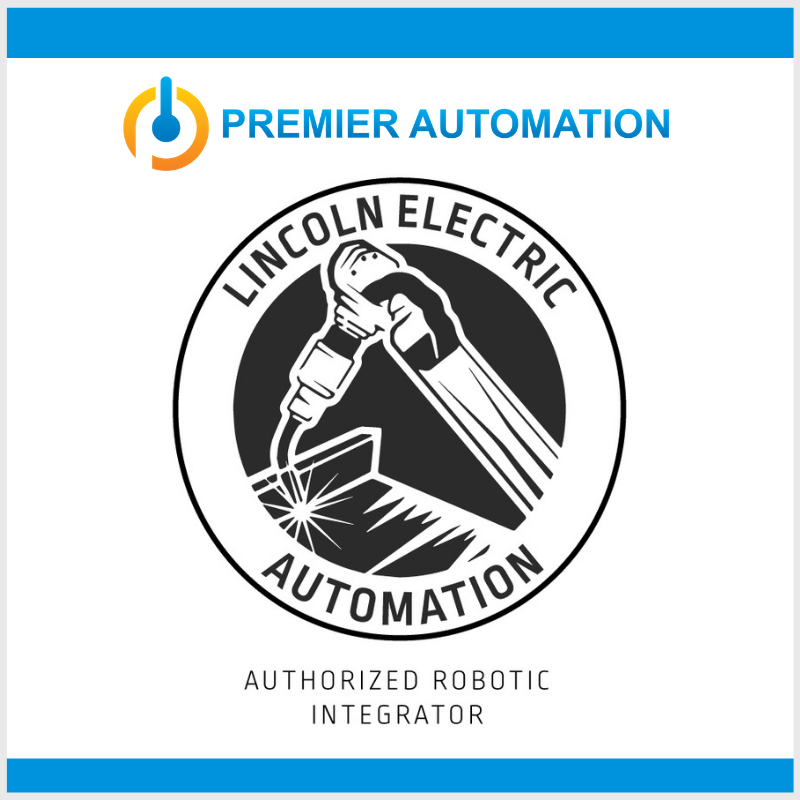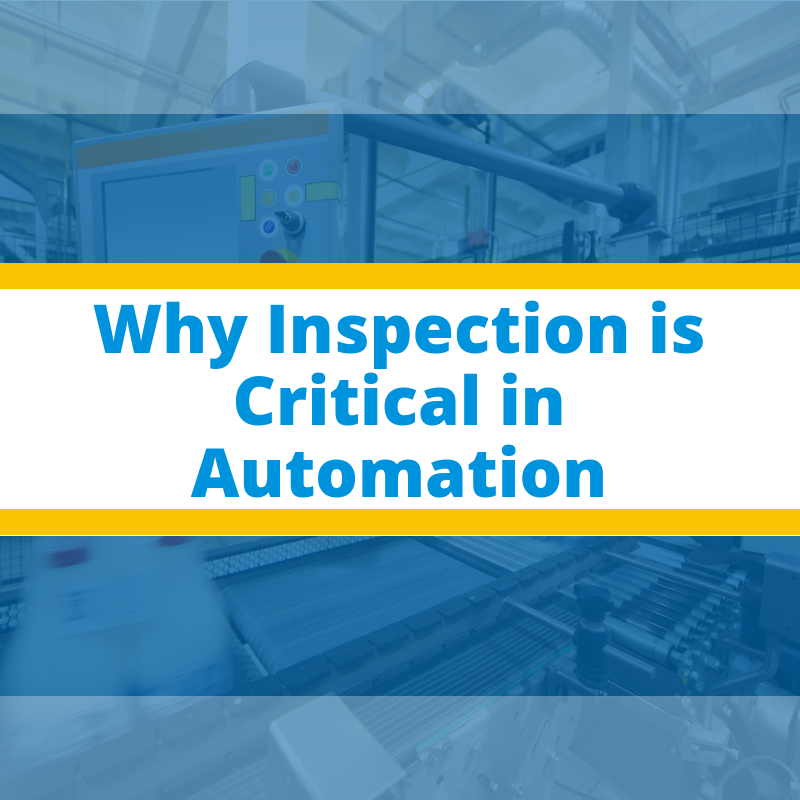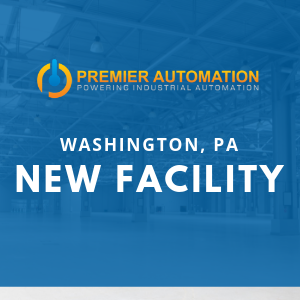Metals and Energy are coming in at record high prices if looked upon from a historic perspective. To ease off the sting, manufacturers are looking for new ways to keep the energy and material expenses controllable, without having to increase the prices of their products. Material removal is one of the areas that can greatly contribute to cost-cuts and result in increased overall efficiency.
Industry 4.0: Multiplying Possibilities and Reaping Rewards
The possibilities of applying Industry 4.0 technologies to the industrial arena are virtually unlimited. Imagine a real-time connected supply chain; one where all the components, including the producer, supplier, transporter, manufacturer, distributor, and retailer “talk” to each other. Imagine if all vehicles, containers, and pallets were interconnected. Imagine if all production equipment was interconnected. Imagine if a factory’s repositories were connected to mobile and wearables.
These changes could allow companies to understand and adapt to the consumers’ needs. They could improve the inventory management and quality of products, self-adjust based on the materials and conditions of the factory floor, and even give the workers and personnel a clearer insight into the processes.
The world we live in is ever-changing and fast-paced through the advancements of technology. With tremendous strides and continuous progress that occurs monthly, industrial automation puts technology to full use. Automation can entail many things, from a simple start-stop conveyor system to a full production line with safety systems, data collection, and more. Swift progress in automation and technology has led us to IoT 4.0, also known as the industrial internet of things 4.0.
Industrial machinery spread throughout a plant floor runs on a variety of power sources, involving a number of intermediary steps to ensure maximum up time is retained. There are several power supply configurations that have made their way into the plant floor as the applications gain more diversity, i.e. from motors to sensitive electronic equipment.
The manufacturing process for a single product can be modified much easier in order to improve its efficiency and productivity, compared to a plant floor where several different products are being produced. Higher Return on Investment is the prime motivation for automation, and improving the parameter becomes more complex as the production capacity increases in difficulty.
Robots aren’t plug & play devices, especially not in an industrial setting. They require considerable prep-work, ranging from the initial design stage, to implementation, to regressive testing & troubleshooting. Things can get even more complicated when you are trying to achieve a great degree of automation through robots that work in conjunction, not just from the technical point of view, but from the financial side as well.
Automation and Environment
It can be stated without a doubt that economic efficiency serves as the prime motivator for adopting automation technologies. Directly, or indirectly, operational efficiency also leads to a reduction in waste products and allows companies to minimize their energy needs. The US Environmental Protection Agency has repeatedly recognized these benefits and encouraged shift-over to automated electronic reporting and advanced monitoring technologies.



